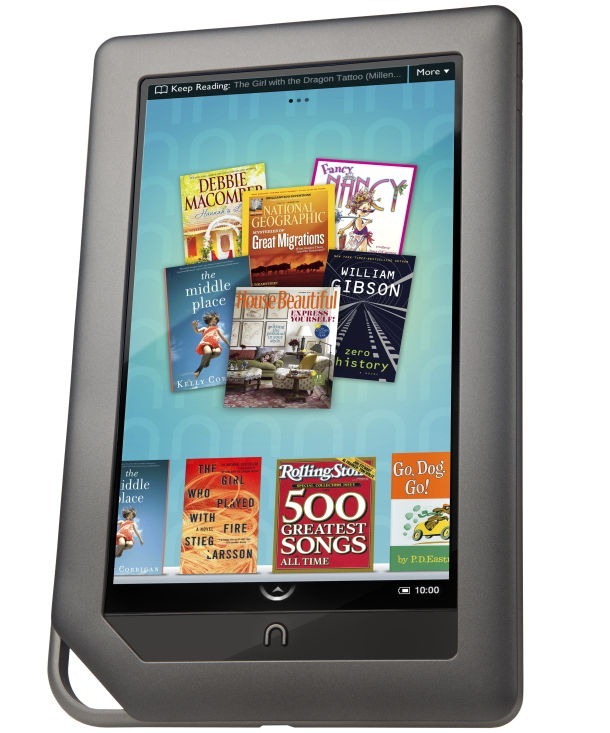| New York Times Best Sellers now includes e-books |
| Sunday, 13 February 2011 | |||
|
Two new categories have appeared in today's New York Times Best Sellers lists - e-book fiction and e-book non-fiction. Is this going to change the top titles listings? The New York Times has now introduced the redesigned best seller lists announced in November starting with the February 13th list.
In addition to the hardcover and paperback lists, there are two new sets of rankings to ponder. The e-book list tracks the top fiction and nonfiction titles available across a range of e-reader platforms. And the combined list ranks titles over four formats: e-book, hardcover, trade paperback and mass-market paperback. So what differences are there between the e-book and print book rankings. Well if this fist week is typical the answer is remarkably few differences. In the fiction list we have identical entries on the combined list and the e-book list until we get to number 8 - and even here it's not a big discrepancy in that 8 in the e-book list is at 9 in the combined list and 8 in the combined list is at 18 in the e-book list.
So you might draw the conclusion that e-book fiction buyers are choosing the same titles as the print format books - well that is only part of the story. More interesting is that e-book sales dominate. In her commentary on the week's list Jennifer Schuessler points out: For top fiction titles, the typical e-book share was upward of 60 percent of total sales, with John Grisham's latest, "The Confession," hitting 75 percent. According to Schuessler: The new lists do reveal a few intriguing anomalies. Alexandra Horowitz's "Inside of a Dog," for example, is the No. 2 paperback nonfiction seller and the No. 6 overall print seller, but fails to crack the top 35 nonfiction e-books. (Maybe dogs eat Kindles?) According to sales data reported to The New York Times, only 3 percent of Horowitz's sales came from e-books, a tiny proportion next to the roughly 40 to 50 percent reported for most of her fellow nonfiction best sellers. So here the anomaly seems to be with the author, who with only published title that was published first in French is admittedly an outlier, rather than the format - and in general non-fiction titles that sell well in print also sell well as e-books. Schuesseler concludes her commentary on the revamped lists with a question raised by the high proportion of e-book sales overall: What does this portend for the book market as a whole, where e-book sales were just under 10 percent of the total for 2010? e-reader manufacturers and e-publishers will also be interested to see how this trend continues. Related articles: Kindle books overtake paperbacks
|
|||
| Last Updated ( Sunday, 13 February 2011 ) |


